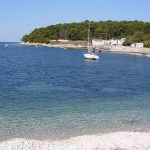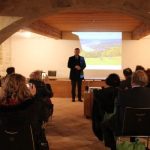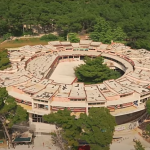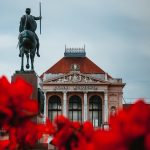In the historic city of Plovdiv, Bulgaria, the restored Eastern Gate and Nebet Tepe reveal a stunning glimpse into ancient Eastern Europe. Known as one of the oldest cities on the continent, Plovdiv showcases a blend of Thracian, Roman, and medieval heritage that can now be experienced through these newly accessible sites. Supported by the EU’s “Regions in Growth” program, the restoration project not only preserves these ancient treasures but enhances accessibility, making Plovdiv’s historical wonders easier to explore.
Step Through History at the Eastern Gate
The Eastern Gate, a grand Roman gateway, stands as a testament to Plovdiv’s role as a prominent city in ancient Philippopolis. This 13-meter-wide structure was once a key entryway for travelers entering the Roman Empire, and recent restorations have uncovered inscriptions in Greek and Latin from the time of Emperor Marcus Aurelius, celebrating the site’s historical importance. Travelers today can walk along the reconstructed Roman streets and experience the scale of architecture that defined the empire.
This restoration is part of the larger “On the Fortress Walls of Philippopolis” project, which aims to bring Plovdiv’s ancient fortifications and cityscapes back to life. With carefully restored pillars, stone paths, and archways, the Eastern Gate offers a rare opportunity for visitors to step into a well-preserved Roman setting. The site’s impressive architecture and historical significance make it a must-visit for anyone intrigued by ancient Eastern Europe.
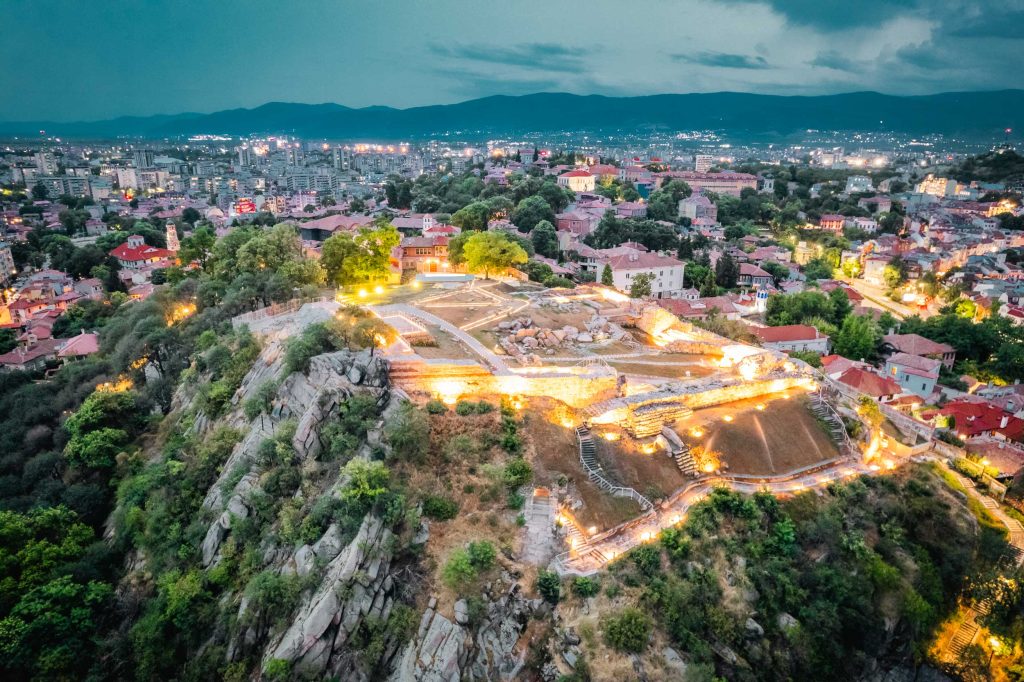
Nebet Tepe: A Panoramic View of Plovdiv’s Past and Present
Perched above Plovdiv’s Old Town, Nebet Tepe offers breathtaking views and a layered history that dates back to the 6th century BCE. This ancient hill has served as a defensive stronghold for Thracian, Greek, and Roman civilizations, and recent restorations now allow travelers to walk through the ruins of fortifications, towers, and ancient walls. With legends of medieval castles and long-lost treasures, Nebet Tepe brings Bulgaria’s fascinating history to life.
Today, Nebet Tepe’s accessible paths guide visitors along well-preserved ruins, revealing the scale and complexity of the fortifications that once protected Plovdiv. Thanks to the new lighting and interpretive displays, visitors can explore Nebet Tepe both during the day and in the evening, when the illuminated ruins add a magical ambiance to the panoramic views over Plovdiv.
A Focus on Accessibility and Cultural Preservation
This extensive restoration project, totaling 9.3 million BGN, has been funded primarily through the EU’s “Regions in Growth” Operational Program, with additional support from Bulgaria’s Sustainable Cities Fund. These investments reflect Bulgaria’s commitment to making its cultural heritage accessible and inviting for both local and international visitors.
Streets leading to the Eastern Gate and Nebet Tepe, such as Konstantin Muravenov and Yunashka, have been redeveloped, providing smoother access to these historical landmarks. Pathways are designed to accommodate diverse visitor needs, including those with limited mobility, making it easier for everyone to appreciate Plovdiv’s history. From visitor-friendly paths to informative signs and evening lighting, the restoration project ensures that Plovdiv’s ancient sites offer a welcoming experience for all.
Exploring Plovdiv’s Old Town and Cultural Heart
Nebet Tepe and the Eastern Gate are located within Plovdiv’s charming Old Town, an area celebrated for its colorful 19th-century buildings, art galleries, and cobblestone streets. Here, Bulgaria’s past meets the present in a fusion of cultural and artistic expression. The Old Town is also home to local cafes, restaurants, and craft shops, making it an ideal spot to unwind after a day of exploration.
Plovdiv’s Old Town also features several other noteworthy sites, including the Roman Theater and the Ethnographic Museum, all within walking distance of Nebet Tepe. With so much history condensed in one area, Plovdiv is perfect for travelers looking to explore Bulgaria’s heritage in depth. A day in Old Town provides an immersive experience, with every street and building reflecting Bulgaria’s vibrant past.
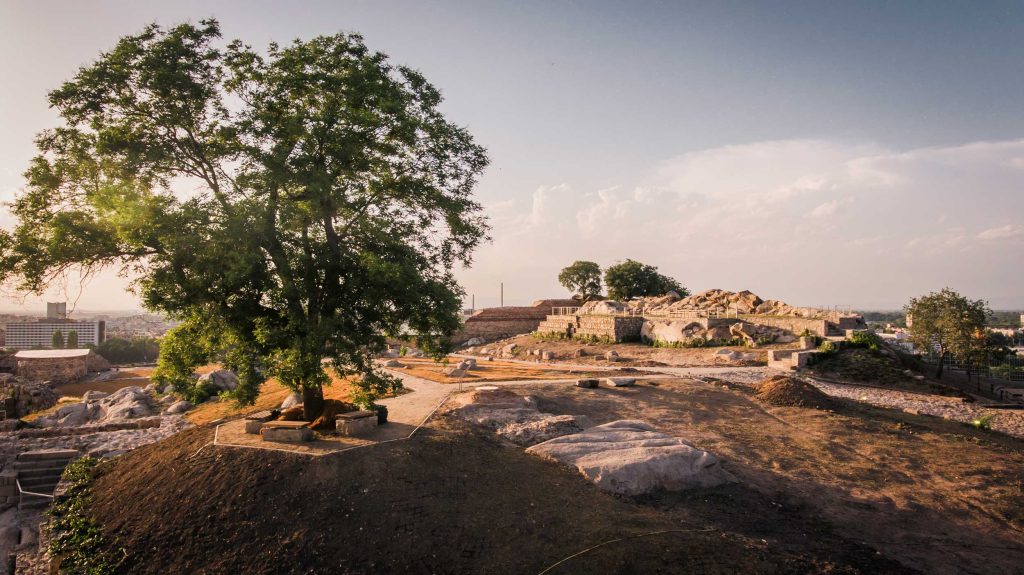
Practical Tips for Visiting
Plovdiv is easily reachable from Sofia by train, bus, or car, making it an ideal destination for a day trip or an extended stay. Both the Eastern Gate and Nebet Tepe are open to visitors, with accessible paths allowing for self-guided or guided tours. To fully enjoy the experience, wear comfortable shoes for navigating cobblestone streets and historical trails.
For an unforgettable view, plan to visit Nebet Tepe at sunset when the lighting casts a warm glow over the ancient walls and offers a sweeping panorama of Plovdiv below. If you prefer a quieter experience, a morning tour offers serene exploration and unique photo opportunities.
Supported by the EU’s “Regions in Growth” program, these restoration efforts make Plovdiv’s rich heritage one of the most accessible cultural sites in Eastern Europe, creating a new standard for sustainable tourism.
Discover Plovdiv’s Living History
Plovdiv’s combination of ancient sites and modern-day energy makes it a unique destination for travelers interested in Eastern European history and culture. The restoration of Nebet Tepe and the Eastern Gate demonstrates Bulgaria’s commitment to preserving its past while opening its doors to future generations.
Explore Plovdiv’s ancient streets, marvel at the Eastern Gate’s grandeur, and take in the views from Nebet Tepe—an experience that showcases Bulgaria’s enduring cultural richness. Plovdiv is a place where history isn’t just seen; it’s felt, offering travelers a profound journey into the heart of Bulgaria’s past.


